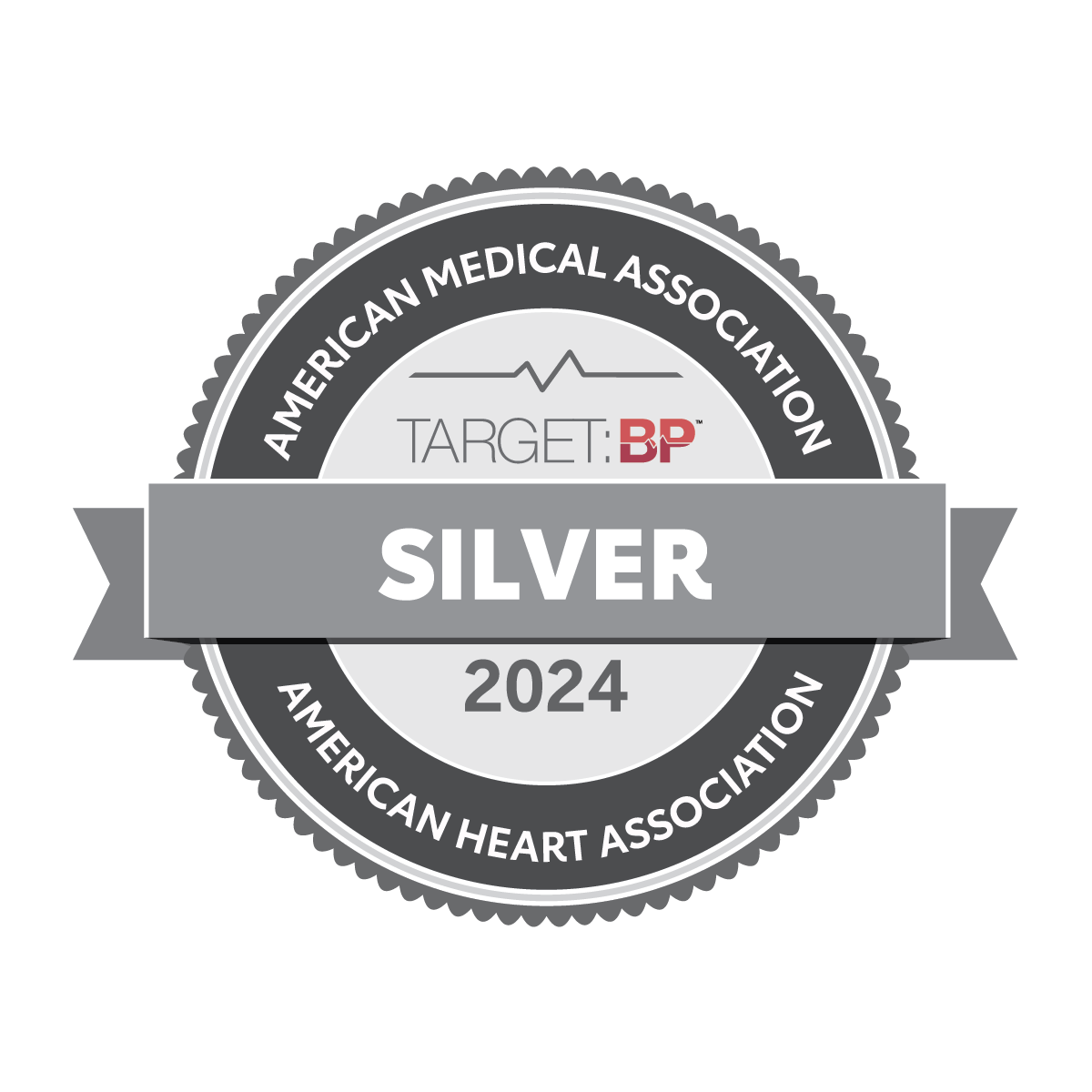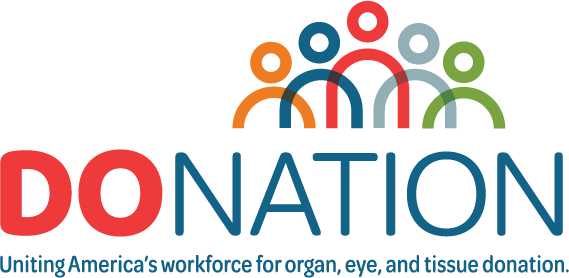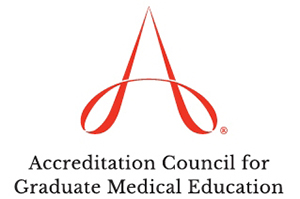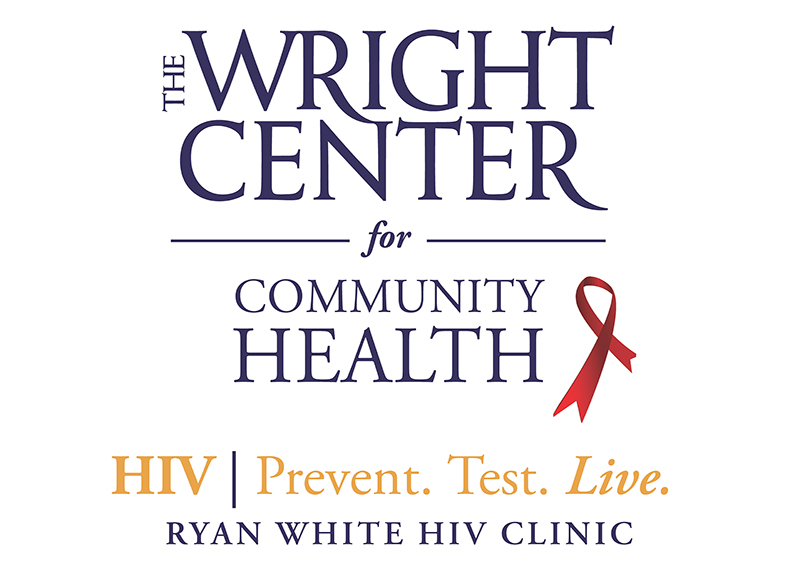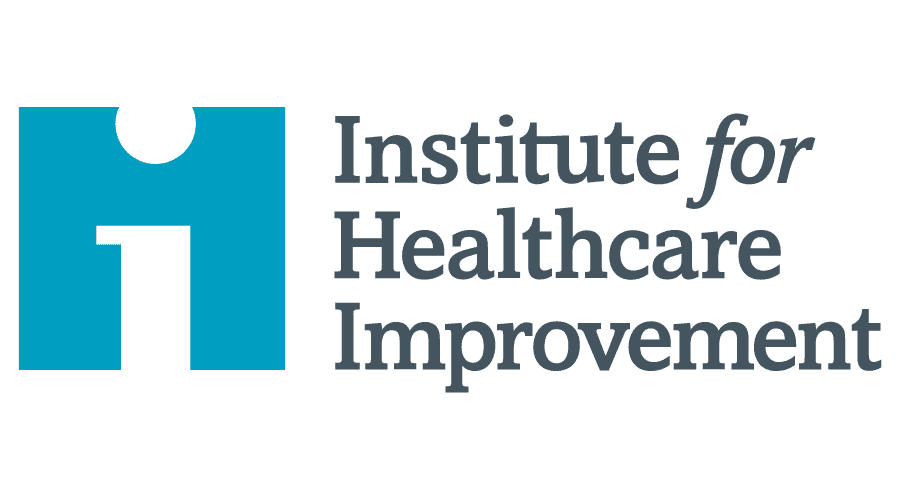A lasting legacy: Wright Center doctor shaped HIV care in NEPA
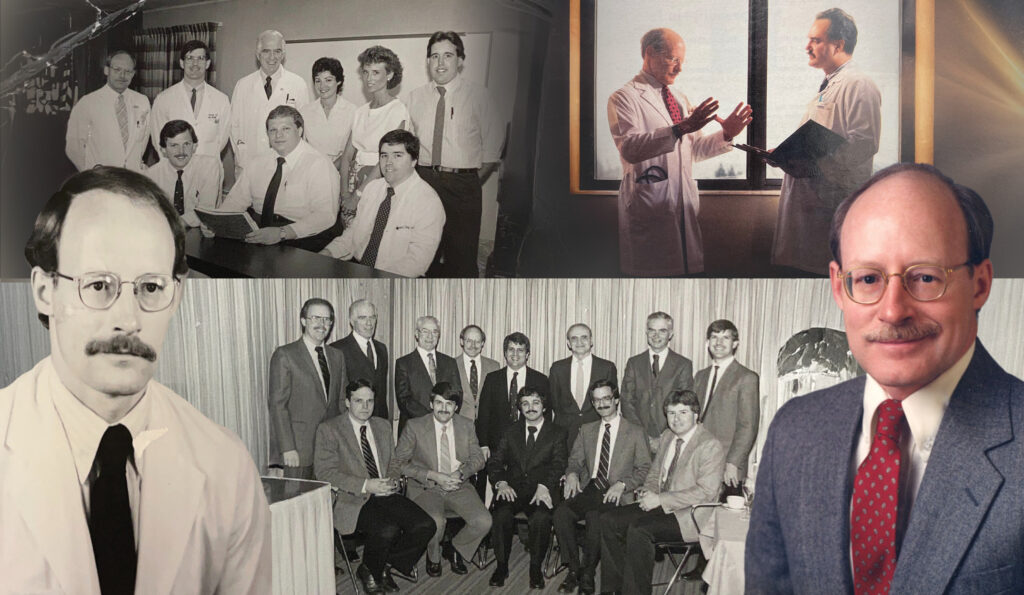
After being recruited to Northeast Pennsylvania in 1979, infectious disease expert Dr. Stephen Pancoast quickly became the region’s leading authority on the AIDS epidemic. He worked closely with medical residents at what is now known as The Wright Center for Graduate Medical Education, helping to prepare countless young doctors for careers locally and across the country. Dr. Pancoast’s work with HIV and AIDS patients laid the groundwork for The Wright Center’s Ryan White Clinic, and he continued to treat patients there until 2021. Dr. Pancoast passed away in May 2025.
Our Ryan White Clinic serves more than 500 patients in seven counties
An infectious disease doctor who led the region’s response to the AIDS epidemic – and laid the groundwork for The Wright Center’s Ryan White HIV/AIDS Clinic – passed away earlier this year at age 78
As people around the globe prepare to mark World AIDS Day on Dec. 1, it’s fitting to look back on Dr. Stephen Pancoast’s enduring legacy in Northeast Pennsylvania. The native of Portland, Maine, arrived in Scranton in July 1979, one of several specialists personally recruited to the area by Dr. Robert E. Wright.
“There was a great need for specialists in this area,” said Dr. Wright, the namesake founder of The Wright Center. “We were trying to improve the area’s health care, and we were working to train medical residents through the Scranton-Temple Residency Program, so we needed specialists for both.”
Dr. Pancoast played an instrumental role in the early success of the Scranton-Temple Residency Program, now known as The Wright Center for Medical Education, and its clinic in Scranton. But no one could have predicted just how essential Dr. Pancoast would become to Northeast Pennsylvania.
When the AIDS epidemic began in the early 1980s, very few medical professionals knew what it was, much less how to treat it, Dr. Wright recalled. While some doctors were scared to treat people infected with the virus, Dr. Pancoast immediately began learning all he could.
“It was a frightening period, because so little was known about it,” he said. “But Steve kept everyone calm, and he kept abreast of every development, no matter how small.”
He became the area’s leading expert on AIDS and HIV, treating patients at the Scranton-Temple Residency Program clinic, his private practice, and area hospitals. He passed on his knowledge to his colleagues and countless resident physicians.
Among them is Dr. Erin McFadden, who graduated from The Wright Center for Graduate Medical Education’s Internal Medicine Residency Program in 2012 and now sees patients at The Wright Center’s community health centers in Scranton, North Scranton, and at the Scranton Counseling Center.
“He had such close relationships with his patients, which taught me so much about the importance of building trust with patients so you can provide them the best care,” said Dr. McFadden, now senior vice president and chief medical officer at The Wright Center. “Another aspect that stuck with me was his commitment to learning as much as he could about advances and discoveries regarding AIDS, HIV, and other infectious diseases. He was a true lifelong learner, which impacted my approach to primary care.”
As the treatments for people with AIDS and HIV evolved, Dr. Pancoast made sure local care kept up. Sister Ruth Neely, a certified registered nurse practitioner at the Ryan White Clinic and a member of the Religious Sisters of Mercy, began working with him in 1997, monitoring patients who were prescribed medications meant to treat the virus. Starting in the late 1980s, the development of medications transformed how AIDS and HIV were treated and began a new chapter in care, Sister Ruth explained.
“Before the medications came out, Dr. Pancoast would see a patient one day and the next, that person might die,” she said. “There was nothing we could do, other than comfort measures or maybe a medication that treated symptoms of illnesses caused by the weakened immune system.”
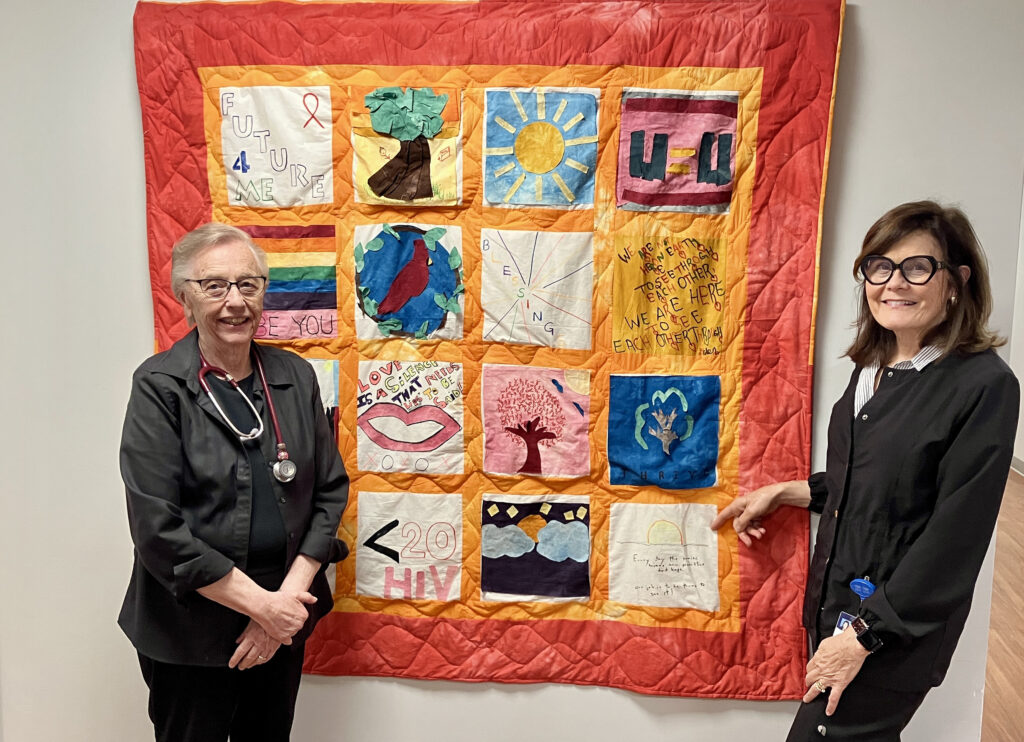
Sister Ruth Neely, MSN, CRNP, left, a member of the Religious Sisters of Mercy, and Karen McKenna, RN, pose next to an AIDS quilt square that Dr. Stephen Pancoast created. The quilt hangs in the hallway at The Wright Center for Community Health’s Ryan White Clinic in Scranton, which Dr. Pancoast’s work helped to establish.
Even as treatment improved, the stigma of AIDS and HIV remained. Dr. Pancoast never hesitated, according to Sister Ruth and Karen McKenna, a registered nurse who began working with Dr. Pancoast in 2014. Both remember him as a deeply respectful doctor who saw the humanity in his patients and his staff.
“He always wore a button-down shirt and a tie under his white coat as a sign of respect for his patients, and he would always call them mister, missus, or miss,” McKenna remembered. “He had this remarkable way of seeing the good in everyone, and patients responded to that because they were used to being stigmatized by the disease.”
As AIDS and HIV medications became more effective, Dr. Pancoast’s goal became making sure every patient he treated had an undetectable viral load.
“Undetectable equals untransmittable,” McKenna said. “That was his focus, so moms don’t pass it on to their unborn children, so husbands don’t infect their wives, so no one can pass it on to a partner.”
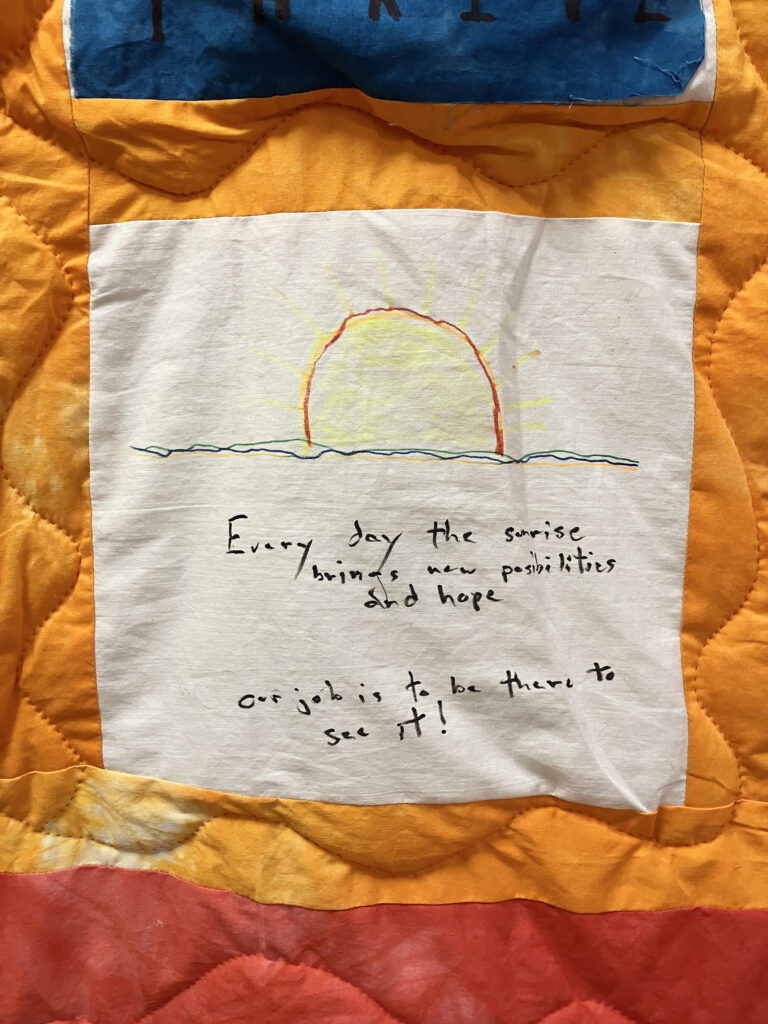
Dr. Pancoast’s contribution to the AIDS quilt hanging in the hallway at The Wright Center for Community Health’s Ryan White Clinic in Scranton.
Dr. Pancoast’s work is carried on today by The Wright Center’s Ryan White Clinic, which received a U.S. Health Resources and Services Administration designation in 2002. Today, the clinic provides care to nearly 500 patients annually from Lackawanna, Luzerne, Monroe, Pike, Susquehanna, Wayne, and Wyoming counties at its health centers in Scranton and Wilkes-Barre. More than 96% of the clinic’s patients have undetectable viral loads, meaning they cannot transmit HIV to others and their immune systems will remain intact and not be harmed by the virus.
In addition to his private practice and his work at area hospitals, Dr. Pancoast continued to see patients at The Wright Center’s Ryan White Clinic in Scranton until 2021. Even though he no longer walks the halls, he’s left a mark. You just need to know where to look.
An AIDS quilt that Ryan White Clinic employees collaborated on years ago hangs in the health center in Scranton. One square bears Dr. Pancoast’s crabbed, blocky handwriting underneath a cheerful sunrise.
“Every day, the sunrise brings new possibilities and hope,” he wrote. “Our job is to be there to see it.”
